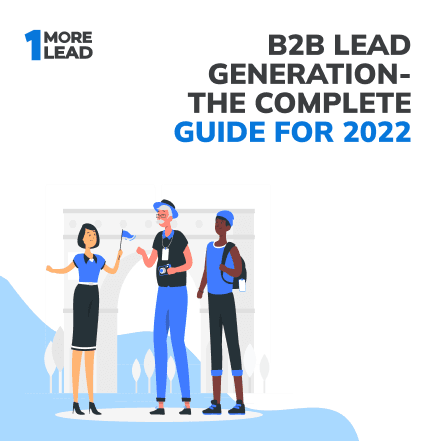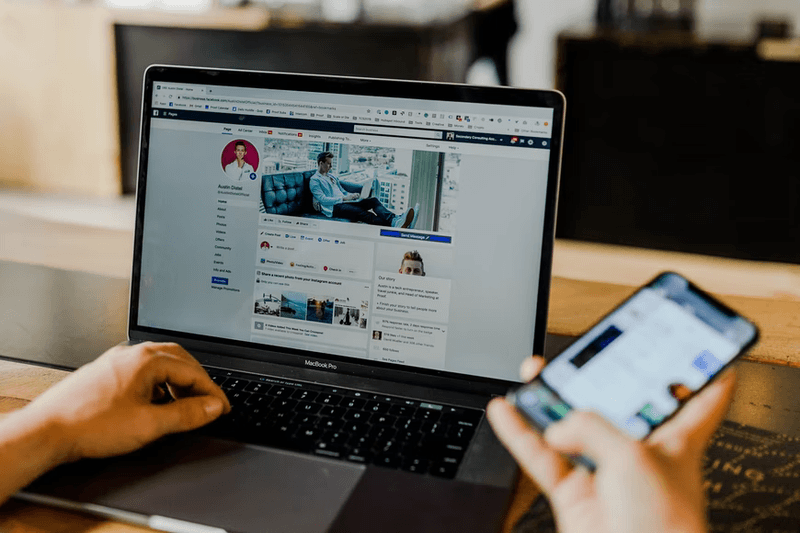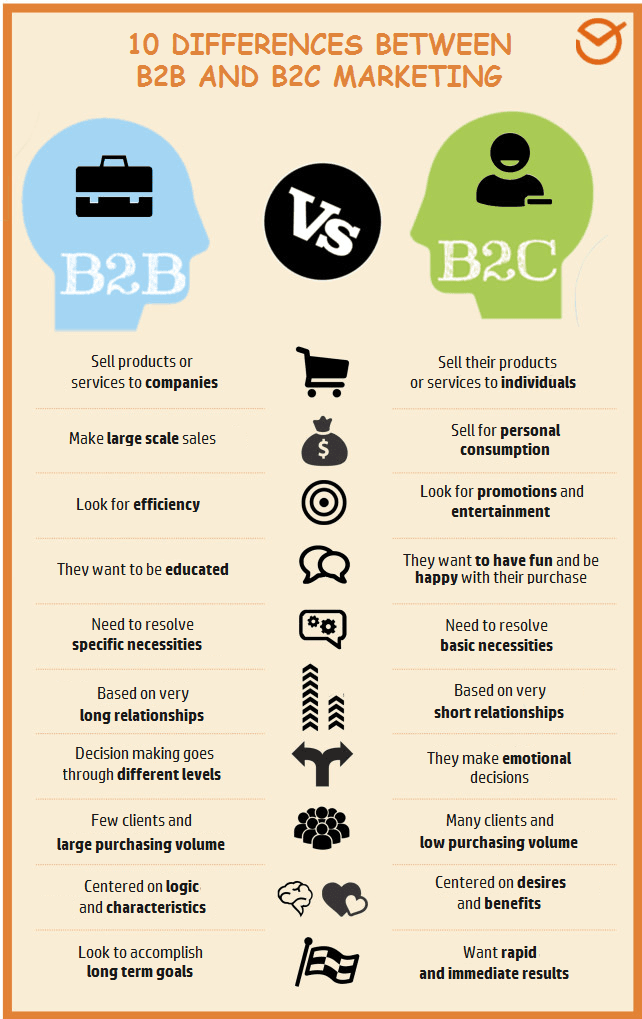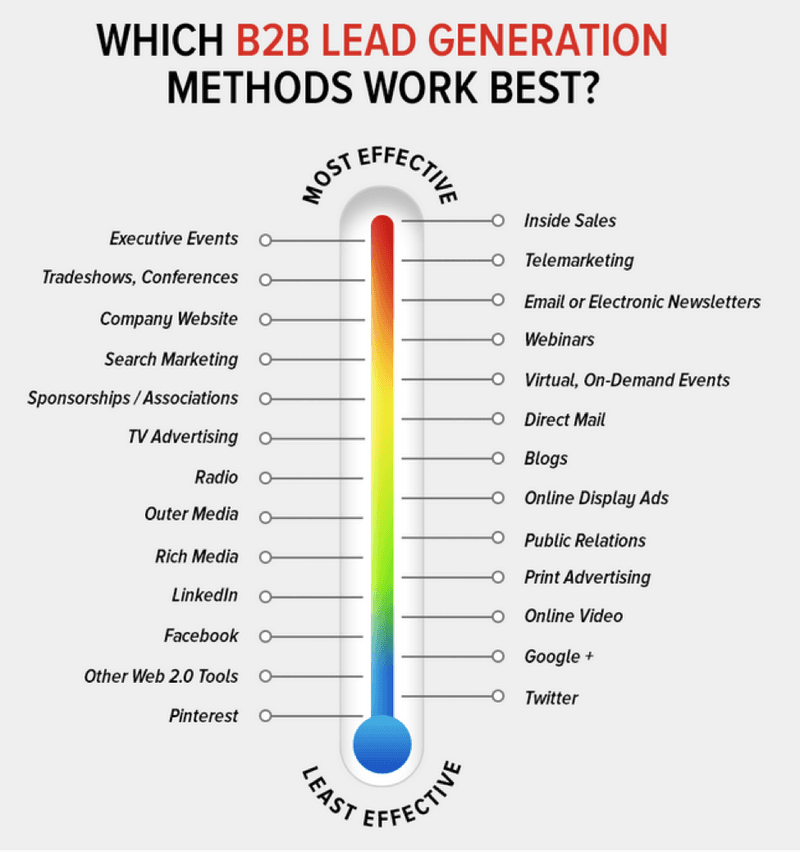
Obtaining a lead is frequently the first step a company must do before closing a deal. Leads assist businesses in gaining clients, increasing revenue, and maintaining profitability. Creating and converting leads may also assist businesses in gaining a market share. It can lead to them becoming well-known or recognized in their field.
In this article, we will show you why lead generation is so important and how it may help you expand your business.
A lead refers to a person or a group of people. They express(es) interest in your company's services or goods and is/are considering making a purchase. The process of recruiting potential clients and converting them into someone who is interested in your organization or product is known as lead generation.
In their joint lead-generating operations, modern companies and marketers employ a variety of tactics.
The process of catching the attention of leads rich in purpose so that they may be contacted and cultivated for sales is known as B2B lead generation. It all starts with marketing efforts that assist build interest from a certain group of potential customers, who then convert into "leads" who are qualified based on predetermined criteria.

Lead creation aids in the materialization of demand by filling the top of the client acquisition funnel. These leads are potential clients and sales pipeline closure prospects. Because your results are dependent on the effectiveness of your lead generation activities, B2B lead creation is a critical initial step in the sales process.
Marketing qualified leads (MQLs) and sales qualified leads (SQLs) are two types of leads created through B2B lead creation methods (SQLs). Let's take a closer look at what they are.
Marketing qualified leads are those who meet your buyer profile based on their interaction with your marketing activity. A low-touch qualifying process filters target audiences and visitors on marketing assets, transforming them into MQLs.
Marketing teams in charge of generating and qualifying leads are frequently in charge of MQLs. The following are examples of MQL qualifying criteria -
Sales qualified leads (SQLs) are MQLs that have been qualified by sales teams as having a high level of buying intent. SQLs are created so that the sales team may prioritize and concentrate on the most likely to convert prospects. This strategy is beneficial, especially for items with longer sales cycles, because nurturing the incorrect leads might severely affect conversion rates.
SQLs, like MQLs, are qualified and scored based on predetermined criteria, but each SQL must be vetted by the sales team. Frameworks like BANT, MEDDIC, CHAMP, and others can be used to qualify SQLs.
A customer is defined as someone who is not linked with a certain business or brand. B2C stands for business to customer. Amazon and eBay are examples of firms whose only aim is to sell things to customers.
In general, B2B clients are more concerned with conserving money because their primary goal is to create money, but B2C consumers are more willing to spend bigger sums of money. B2B models also offer the benefit of generating greater money with fewer consumers. In B2B deals, this also indicates that your sales cycle is longer.

Another significant distinction between the B2C and B2B sectors is that, in general, product presentation is a more important purchase criterion in the B2C market. Before presenting a product or package, most B2B organizations would consider the pricing and usefulness of the product or service. However, in the B2C sector, one of the most important purchase determinants is product packaging and presentation.
Some businesses have exclusively B2B business models, while others have A B2C business models. Today, hybrid B2B and B2C business models are common, especially among bigger B2C businesses with distinct divisions for B2B operations.
There are some slight distinctions in the way marketing practitioners will need to take when it comes to lead creation. Many of these factors are stylistic considerations or decisions based on prior knowledge of your 'target audience' or 'Perfect Customers.'
When comparing B2C and B2B lead generation, another area where there is a significant difference is the utilization of social media. In contrast to B2B lead creation, where the only true platform that has any purpose is Linkedin, many B2C leads are created for organizations' B2C initiatives.
The following are some of the advantages of B2B lead creation for marketing departments -
The following are some of the advantages of B2B lead creation for a sales department -
Learning how to generate leads is only a portion of the equation. If you're serious about growing your business, you'll need a robust lead-generating strategy. Processes bring marketing and sales teams together and provide salespeople with a tried-and-true structure to follow.
Reps will start nurturing campaigns or focus on getting the prospect to schedule a call or demo depending on where they are in the sales cycle.
We will now look at the three different forms of B2B leads. Every lead is an opportunity to get a new loyal customer, but not all leads are the same.
A cold lead is a firm that has been judged a suitable fit for your brand, either as a result of a third-party lead purchased from a lead-generating provider or as a result of a lead developed in-house. In general, they have a lower conversion rate than other B2B lead generation strategies, owing to the fact that the potential lead has no prior awareness of the brand. With cold leads, the basic goal is to throw a wide net because this strategy does not foster many prospects.
Warm leads are businesses that have previously connected with your business by filling out an email form, visiting a website several times, or watching or downloading free information you have available online.
These activities suggest that the potential lead is interested in your business, thus they are more likely to interact with your website and make a transaction.
A hot lead, also known as a qualified lead, is a firm that has demonstrated a strong desire to make a transaction and is already interested in your company or brand. They may have found their way to your website as a result of targeted advertising or as a consequence of a warm lead being followed up on, but hot leads are ready to buy.
Eight primary categories exist when it comes to lead generating tactics, they are as follows -

B2B lead generation is an important aspect of your company's success since it allows you to interact with your target market. You can convert potential leads into loyal customers and increase your earnings with this access to your target demographic.
To get ahead of the competition, consider OneMoreLead. OneMoreLead has a database of over 55+ Million verified B2B prospects to search from, & allows you to find your ideal prospects to build your list within minutes. This has enabled OneMoreLead to partner with companies such as Google, Shopify, Microsoft, and many more.